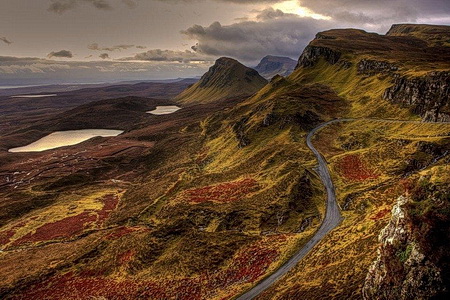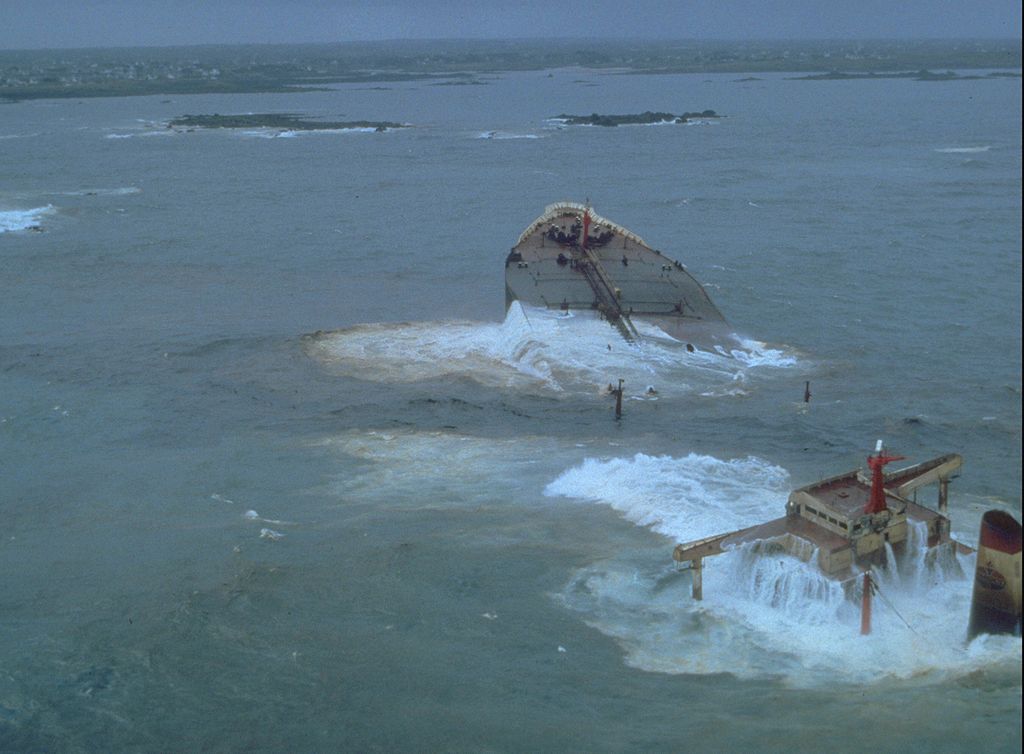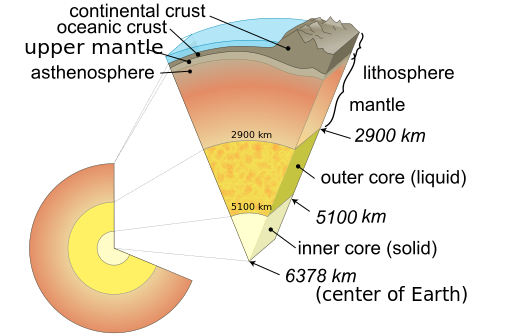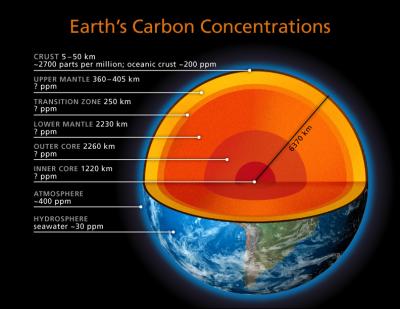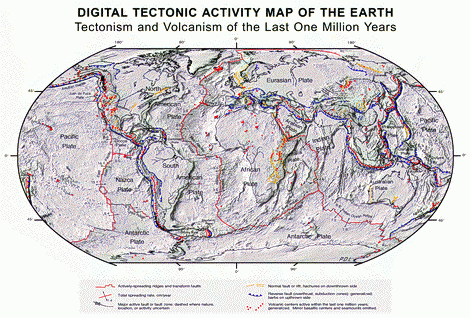
pixabay.com/images/id-1594853/
An Overview of Geysers
A geyser is a vertical column that periodically erupts hot water and steam. This amazing phenomenon that blasts water from beneath the surface of the Earth is a truly rare sight.
For those who are unaware of what a geyser is, it is a geological feature similar to a tube that runs deep into the Earth’s crust. This tube is often filled with water, but the heat comes from the molten rocks at the bottom of it. The molten rocks called magma heat the water in the tube to a point where the water starts boiling and turns into steam. Since the space is limited, the steam is pressurized. As a result, we can see boiling water and steam erupting from the tube called a geyser.
There were numerous active geysers around the world. However, in the last century, we have seen a decrease in the number of them. Currently, there are only five countries in the world that have them.
- The United States
- Russia
- New Zealand
- Iceland
- Chile
Despite their geographical distance, there is one thing which is common in all five countries; they are all located in regions with recent volcanic activity and are near the tectonic plates. While every geyser functions in the same way, they are not all the same. Below you will find out about some of the famous geysers around the world and what makes them special.
Geysir
Iceland is a country with numerous islands, active volcanoes and yes, geysers. The Great Geyser, also known as Geysir, is the most primitive geyser known to date. It can be dated back to around 10,000 years ago The first printed document about the geyser was recorded in 1294. Even the name geyser comes from a native word “geysa” which means hot springs.
The steam plume can fire up to eight times a day and can reach a height of more than 200 feet. The super-heated lava in the region melts the ice which is present in the region throughout the year. As a result, there is an increasing number of active geysers in the region. A critical fact about geysers is that they can become active and inactive suddenly due to changes in the geothermal activity taking place below the surface of the Earth. This was also the case with Geysir, which stopped erupting in 1932 and started again after the earthquake of 2000.
Old Faithful
Located in Yellowstone National Park , this is probably the oldest and most famous geyser on the Earth. As the name suggests, it has been continuously erupting regularly, hence it has been named faithful. The old geyser has been erupting for the past 30 years and erupts 23 times every day. But the height of eruptions is comparable to some of the other taller geysers in the world. The eruptions can reach from 100 to 180 feet in height.
Old Faithful is a classic example of a cone geyser. This type of geyser produces a constant, vertical column of water where water shoots up from its opening.
Grand Geyser, Yellowstone National Park
Yellowstone National Park has one of the most active geyser basins in the world. The reason is its proximity to the mid-Atlantic ridge. This means they are located at the intersection of two tectonic plates – the North American plate and the Eurasian plate. These plates are at the moment moving away from each other at a rate of three-millimeters per annum. This movement releases energy which is causing hot, molten lava to flow out. As a result, there are more active volcanoes and geysers in the region.
Moreover, the Yellowstone National Park is on top of Yellowstone Super Volcano Caldera in northwestern Wyoming and southeastern Montana. The grand geyser is located in the southern part of the park just 160 feet north of a more frequently erupting called Strokker geyser. It is a fountain geyser and is the tallest predictable geyser known to date. It reaches a maximum height of 200 feet. Each eruption lasts for 9 to 12 minutes after which the pool becomes dry and refilling time is 5 to 6 hours. Hence the eruption takes place 1 to 4 times a day.
Strokkur Geyser, Iceland
Stokkur geyser is located around 160 feet south of the Great Geyser in Iceland in the Haukadalur valley area. This area also has mud pools, fumar holes and other geysers. It is a very sensitive geothermal location. Strokkur is a native word in Iceland which means to churn. Strokkur geyser is known for its rapid eruptions which can be seen after every five to ten minutes.
Each eruption lasts for approximately two minutes. The usual height of the geyser is around 50 feet. However, when the first eruptions were noticed in 1789, they were as high as approximately 200 feet. Later in 1896, the geyser became inactive due to an earthquake which blocked the steam flow. It became active again through human efforts in 1963 when the geyser committee of Iceland advised the locals and the blockage was removed. It has been active ever since. It is again one of the very few reliable geysers which have been erupting very regularly.
Waimangu Geyser, New Zealand
Let’s not forget the Waimangu Geyser which was the tallest geyser in the world. The eruptions from this geyser have reached a height of around 1,500 feet above the ground level. Such was the power of Waimangu geyser.
The first eruptions were noticed as early as in 1901. The cycle of the geyser was around 36 hours. These eruptions lasted for five to six hours and were a popular tourist destination. However, in 1904 the geyser started to lose its power and eventually became inactive after a landslide in the area, though research proves that there is no connection between the two. The geyser stopped erupting on November 1st, 1904, and became extinct in 1908. After this, the hydrothermal activity in the region increased, especially in the nearby Echo crater, eventually leading to the volcanic eruptions in 1915, 1917 and 1924.
According to research, the early eruptions started because of the Great Mount Tarawera volcanic eruption in 1886. The water during the early eruptions from the geyser was muddy and black with stones of the surrounding terrain. Hence the name Waimangu was given which means black water in the native language.

